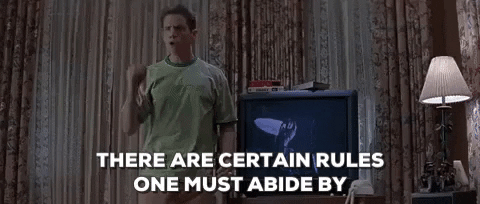Have you been in meetings that last forever and nothing gets done?

There's a better way!
Use parliamentary procedure to have more efficient and fair meetings.
What Is Parliamentary Procedure?

It's a set of rules for conducting business at meetings and public gatherings.
These rules outline how members can present, discuss, and vote on proposals at a meeting.
Robert's Rules of Order Newly Revised (commonly abbreviated RONR) is the most widely used manual of parliamentary procedure in the United States.
Why Is It Important?

Parliamentary procedure allows everyone's voice to be heard when making decisions.
Let these 3 principles guide you:
One thing/person at time — this avoids confusion and chaos, and saves time.
Minority has a say — both sides should be discussed before making a decision.
Majority rules — at least more than half of the group must agree to take action.
Meeting Requirements
Quorum — minimum number of members needed to conduct business
Agenda — list and order of topics to discuss at the meeting
The Chair — presiding officer who runs the meeting and enforces the rules
Minutes — written record of what happens at the meeting
How Members Get A Say

As a member of a group, you can bring up business and make decisions by:
Making a motion — proposing that the group take action
Seconding a motion — expressing support for discussing the motion
Debating motions — sharing your opinion on the motion, either in favor or against
Voting on motions — helping the group make a decision supported by the majority
Quiz
Sarah moves that the office staff wear jeans on Fridays. Her colleague Emily seconds the motion, then discussion begins. Which of the following could stop them from voting on the motion?
Take Action

Have more productive meetings with parliamentary procedure!
Your feedback matters to us.
This Byte helped me better understand the topic.
